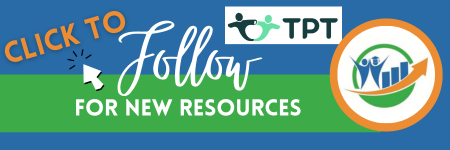School Turnaround
- Dianne McKinley
- Nov 4, 2020
- 3 min read
Updated: Oct 2
School turnaround is an intervention directed toward a low-performing school that delivers considerable gains in achievement, and readies that school for the process of transformation into a high-performing institution. It refers to the efforts being made by districts and states to improve student outcomes, build capacity, and sustain reforms. Professional development for teachers can help in this regard.

Important Aspects of School Turnaround
• Supporting teachers – Teachers need resources, time, materials, and professional development training. They need caring relationships with their school leaders, colleagues, and mentors. Shared rituals, team teaching, and staff retreats are also helpful.
• Quality of relationships between students and teachers – The classroom should have an atmosphere of camaraderie, respect, and hopeful expectation. It should be caring, with a strong sense of community. Teachers should provide students with equal opportunities for engagement and participation inside the classroom.
• Holistic focus – Students’ needs are not just academic. It also involves the physical, emotional, social, cognitive, and spiritual dimensions. If these needs are not met, “real learning” will be difficult to achieve.
• Early intervention – Support groups, student assistance programs, and counseling can help students stay in school and improve outcomes. These interventions are collaborative in nature, with the school engaging with community-based organizations and providers of professional development for teachers.
• After-school programs – These programs promote partnerships between the school and the community, provide a haven during after-school hours, and support students so they can achieve academic success.
• Ongoing assessment of students – This plays an important role in educational reform. Hearing the student perspective and using student focus groups to monitor the school climate can aid in schoolwide decision making.
• Family, school, and community partnerships – It will be challenging for schools to bring meaningful change on their own. They need to work together with families and the community to provide resource centers, mediation, and mentoring programs.
How to Measure Success
At the School Level
• Measure student outcomes• Measure improvements in the learning environment and school culture• Set the bar high for success• Employ absolute and value-added measurements• Strive for meaningful improvements within 2 – 3 years
At the System Level
• Set specific goals for students, schools, and the system• Track performance of the school• Evaluate turnaround efforts• Identify and share best practices
Key Players Shaping the Turnaround Sector
States and districts – States develop turnaround strategies, create policies, and look for new ways to build the capacity of districts. Districts directly implement turnaround interventions, work with school operators and support providers, and address human capital issues.
School operators – Often, school operators take on many of the functions that a district normally fulfills, so they need to approach turnaround at the systemic and school level as well.
Supporting partners – These partner organizations support school turnaround:
• Human capital and professional development providers – These work to increase the supply of quality leaders and teachers in turnaround schools, and work with states and districts to boost their human resources management capacity.
• Comprehensive school redesign specialists – They work with schools to implement turnaround strategies that begin with whole school redesign, including coaching and implementation support.
• District and school resource management specialists – They help schools and districts institute operational and financial changes to support turnarounds.
• Integrated service providers – They help schools address social and mental health issues of students, complementing the changes being implemented in the learning environment.
• Research and field-building organizations – They conduct research and analysis, share tools and best practices, and help foster partnerships and dialogue among stakeholders to support turnaround activities.
• Community-based organizations – Nonprofit organizations support school turnaround by providing students with out of school time academic and non-academic programs. They also engage with parents and community members with regard to advocacy issues.
Conclusion
School turnaround aims to help low-performing schools improve the quality of instruction and increase learning for students. INcompassing Education works with schools and districts to provide high-quality professional development for teachers (on-site, off-site, and online). Meet our team. To get in touch with us, proceed to our contact page.
Additional Resources:




